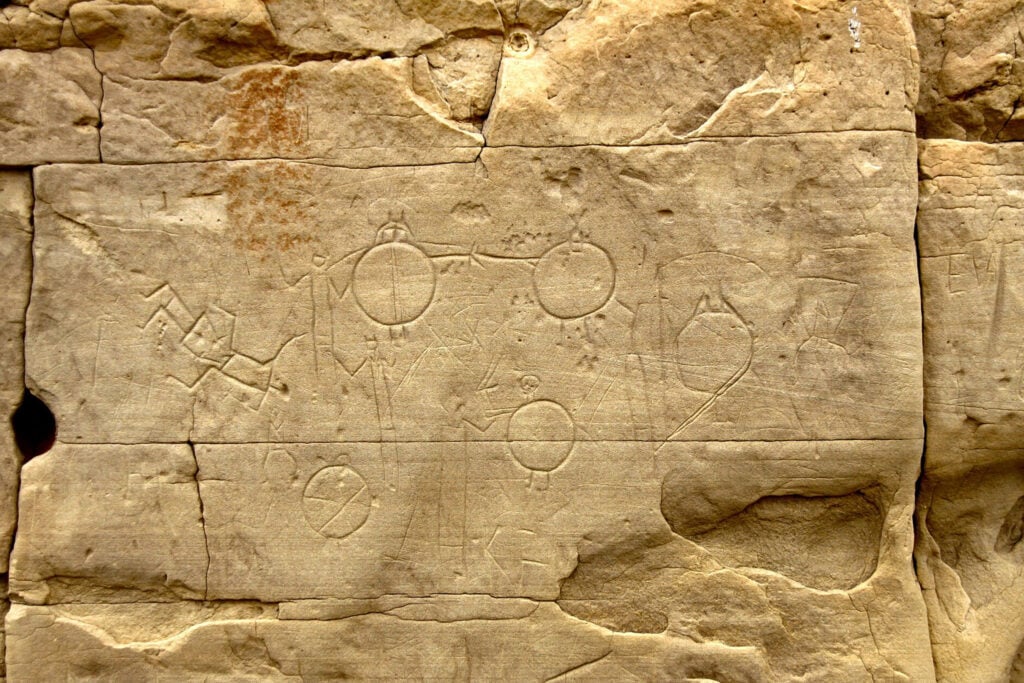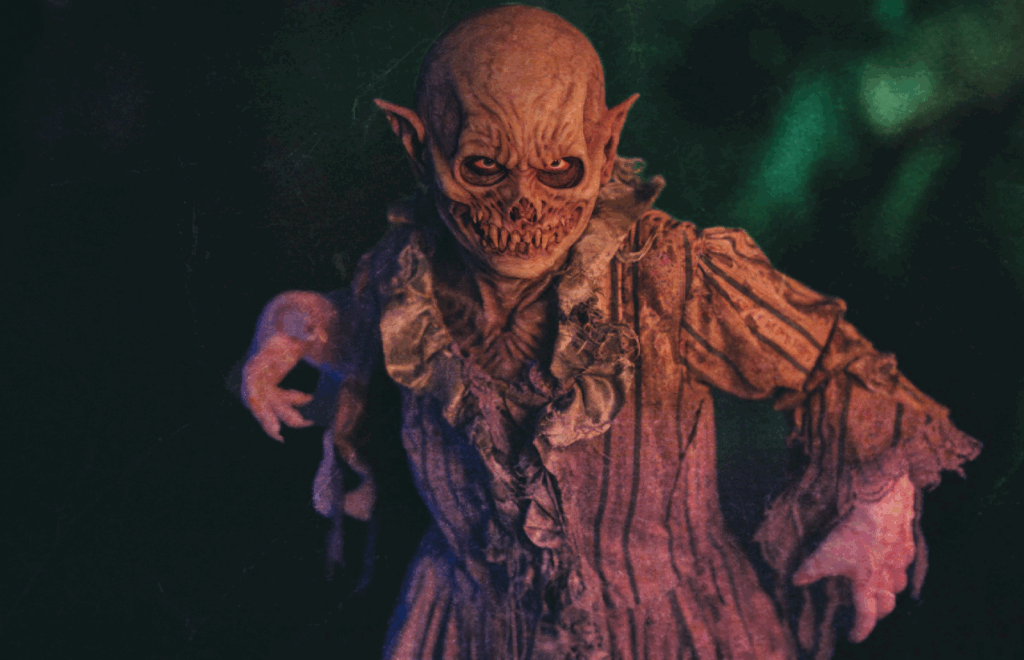Many Canadians are familiar with the ancient petroglyphs that can be found in Nevada, U.S., or even those found on Vancouver Island, just one neighbouring province west.
But did you know that Alberta has its own ancient petroglyphs?
Áísínai’pi, anglicized as Writing-on-Stone, is a UNESCO World Heritage Site with significant cultural and spiritual history.
For generations, Indigenous peoples of the Blackfoot Nation have used the area’s sandstone coulees to document sophisticated forms of rock art and picture writing. Some of these petroglyphs are thousands of years old, dating back to 1050 BCE.
What to expect
Áísínai’pi Provincial Park is located far to the south, near the United States border and the neighbouring state of Montana. The park preserves important petroglyphs and is also one of the largest untouched prairie ecosystems in Alberta.
There were two methods used to make the images seen in the sandstone at Áísínai’pi. In some cases, the soft bedrock was carved or etched — these ancient drawings are called “petroglyphs.” In other methods, Indigenous peoples painted images onto the rock surface with red ochre. The paint was applied to the rock with fingers or delicate brushes made from buffalo bones. These painted images are called “pictographs.” In the Blackfoot language, Áísínai’pi translates to “it is pictured” or “it is written.”
The park is dominated by ancient sandstone outcrops that were laid down by an ancient inland sea some 84 million years ago. Melting glaciers retreated during the end of the last Ice Age and carved these stunning coulees into the soft and pliable sandstone bedrock.
As the Ice Age ended, people expanded into what is now Alberta, and there is evidence of the area being inhabited around 7000 BCE. Many of the petroglyphs depict images recording early contact with white settlers, including hunters on horseback.
A tour with ancient roots
Áísínai’pi has a number of attractions that make it worthy of a visit. The park includes a visitor centre where you can learn more about the incredible carvings that line the sandstone walls of the park. The park also features plenty of hiking trails, campgrounds and kayaking opportunities amongst other outdoor activities.
The best time to visit is during summer, when you can spend a night camping under the stars and admiring the ancient rock landscapes.
The Milk River, which flows through the park, is a popular spot for kayaking. As you paddle, keep an eye out for prairie falcons, great horned owls, pheasants, pronghorn and mule deer who patrol the area’s natural spaces.
The park also offers a number of guided walking tours, allowing visitors to gain a deeper understanding of the cultural significance of this incredible site.
Offered during the peak tourist seasons, the tours cover everything from the geography of the landscape to the subdued spiritual meaning that is locked away within each petroglyph.
So, bust out your best hiking shoes and slather on the sunscreen — the mysteries of Áísínai’pi are waiting to be uncovered.
When: May 17 to Oct. 13, 2025
Where: NW 36 TW1 range 13, Milk River, Alta.
Cost: $24+
Recent Posts:
You can stay in a grain silo at these Alberta Airbnbs
This music festival in Alberta takes place at a saloon that might be haunted


















